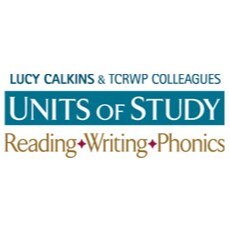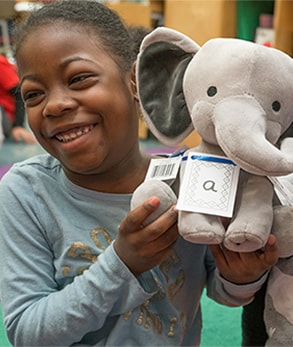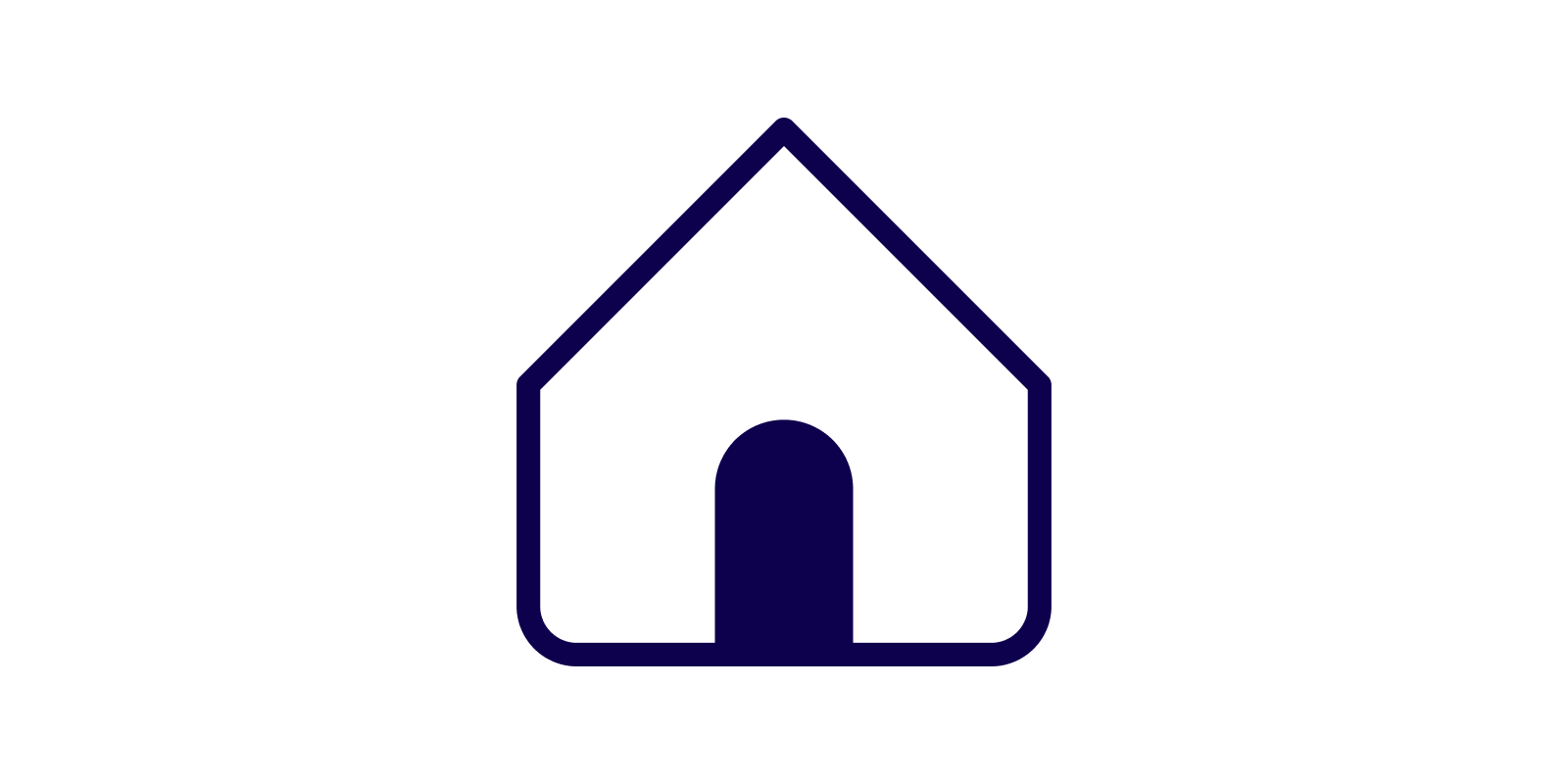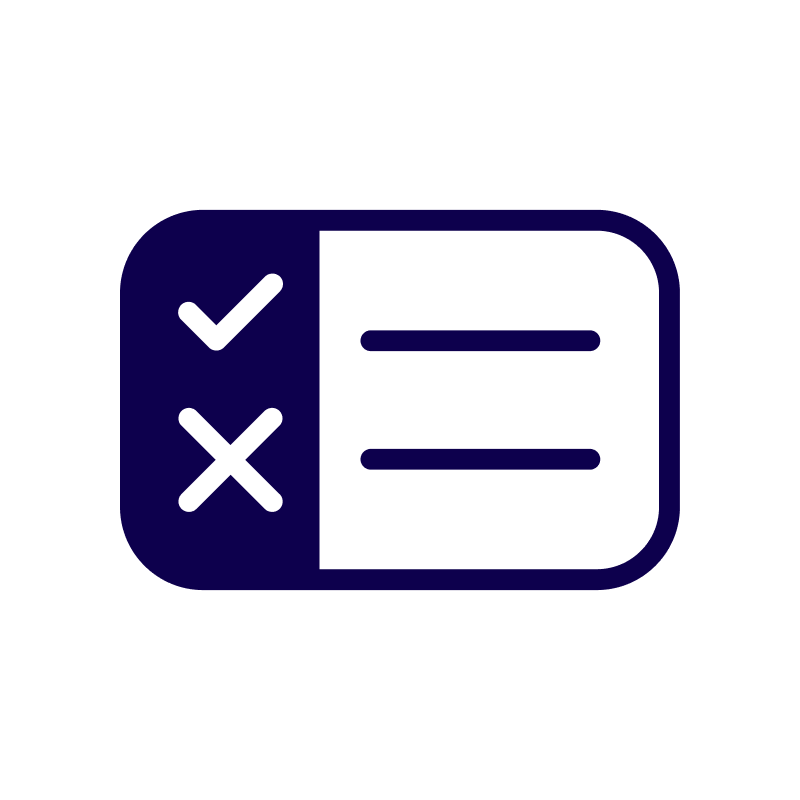Unit 1 Growing into Second-Grade Phonics
The goal with this unit is to grow students’ phonics knowledge so they know more of the options for how words could go. Alongside knowledge about words and spelling, you will teach the grit and intellectual curiosity they need to try to get closer to the right spelling. Bend I revisits the long list of phonics principles that students learned in kindergarten and first grade, and then gives particular attention to silent E, long vowels, vowel teams, and R-controlled vowels. The second bend asks students to spell tricky snap words correctly, punctuate sentences, and use capital letters. The unit also introduce the tricky concept of homophones. The third bend is a joyous exploration of rhymes and rimes that shows students that reading and writing part by part is more efficient than reading and writing letter by letter.
Unit 2 Big Words Take Big Resolve: Tackling Multisyllabic Words
The books that many second-graders read are full of multisyllabic words, and so instruction in this unit transitions to a focus on longer, more complex words. Across the first bend, you’ll teach several strategies for decoding multisyllabic words—working methodically from left to right, breaking words into syllables, breaking off inflected endings—but your larger goal is to help kids develop the stance that readers tackle challenges, rather than back away from them. The second bend sheds light on the complex consonant combinations: kn, wr, and gn; how to be flexible with the hard and soft sounds of C and G; and the many facets of gh. You’ll also teach students that when they hear /j/ at the end of a word they want to write, it is likely spelled with ge or dge. In Bend III, you’ll turn your attention to the endings, or tails, of words and concepts such as adding -ing and -ed to words ending in silent E, doubling consonants before adding endings, making words plural with -s or -es, changing Y to I before adding -es or -ed, and -tion.
Unit 3 Word Builders: Construction, Demolition, and Vowel Power
This unit helps all children develop a repertoire of skills for tackling complex, multisyllabic words with confidence. Following a storyline where your class applies for a job to become word builders, you’ll teach students that a word builder needs to be able to build words in big efficient parts, syllable by syllable. In the first bend, you’ll introduce the emphasis on vowels that is threaded across the unit and you’ll support children with using common phonograms to represent vowel sounds. In the second bend, you will tell students they have been selected to serve on a special task force in vowels. Your class will create a vowel manual as a tool to help people with spelling long-vowel sounds in big words. Across the bend, your students will tackle long vowels, identifying some of the most common spellings for each vowel sound and creating word sorts with each of these spellings. In Bend III, the focus shifts from spelling big words to decoding big words. Building off the work they did in Unit 2, students will add to their repertoire of strategies for breaking big words into manageable parts by paying close attention to vowels.
Unit 4 Word Collectors
Research is clear that for children’s vocabularies to blossom and grow, they need access to language and all the forms it takes—listening to, talking with, reading and writing of language in playful and constructive ways. The first bend of this unit focuses on fostering word consciousness. You’ll begin by reading The Word Collector by Peter H. Reynolds. Like the main character, Jerome, students learn to gathers words everywhere they go. They store words they learn first in shared word collector folders and later in their own word collector scrapbooks. You’ll teach students that you can take one word, like paradise, and then think of other words that relate to it: utopia, candy shop, and perfection, to name a few. In Bend II, the focus shifts to studying compound words, with the aim of learning that word parts not only help readers to break a word apart, but also help them determine the meaning of a word, and then can be mixed and matched to make many new words. Bend III shifts students’ focus to prefixes and suffixes and their effect on base words.




